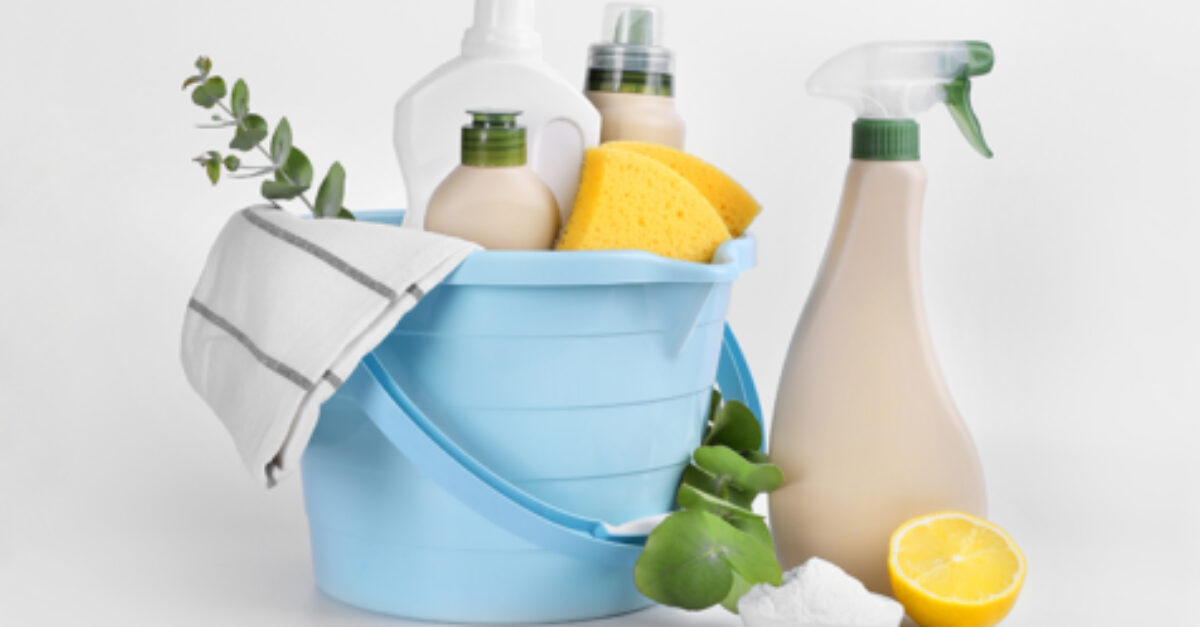Some facility managers and cleaning contractors are looking beyond traditional green cleaning solutions to more sustainable products. One that comes to mind is cleaning solutions made from citric acid.
“Citric acid is found naturally in citrus fruits,” says Lee Chen, president and COO of ProNatural Brands, LLC, manufacturers of cleaners, sanitizers, and disinfectants made from citric acid. “Cleaning products made from citric acid are certainly not new. It is believed the ancient Egyptians used citric acid thousands of years ago as an antifungal or antibacterial, long before the use of bleach was used for the same purposes. They used it because it was effective, it disinfected, and the ingredients were plentiful—lemons, limes, and even pineapples grew throughout the area.”
Over its long history, citric acid has been used as a food additive and flavor enhancer in soft drinks, jams, candies, and even ice cream. It is also found in cosmetics and pharmaceuticals because citric acid helps stabilize the active ingredients in those products.
But is it safe? Is it effective?
One reason some cleaning professionals and facility managers may have shied away from citric acid in the past is in the product’s name—“acid.” “However, citric acid has a pH of between three and six,” says Chen. “The pH scale span is 0 to 14, with zero very acidic, fourteen the least acidic, and seven considered neutral. This means citric acid is a relatively weak acid.”
This pH level, however, is strong enough to kill or eliminate many forms of bacteria and viruses. Further, it is safe enough that it won’t harm the user, building inhabitants, or the environment.
The European Space Agency even uses citric acid to clean and protect stainless steel. Formerly, nitric acid was used. But nitric acid is a very strong acid, posing a variety of safety hazards. “Citric acid is a promising replacement,” says the Agency. “It can be produced from natural sources, requires lower acid concentrations, and doesn’t generate toxic fumes or hazardous waste.”
As to its effectiveness, citric acid products have been used to clean a wide range of items including tires and radiators on cars, several types of metals, and even vegetables.
Chen adds that citric acid has also proven effective as a disinfectant. In fact, at least one citric acid disinfectant is EPA-registered—meaning it has demonstrated its effectiveness when used per manufacturer’s instructions—and is also on the List-N of products that eliminates the pathogen that triggers COVID-19.
The future of citric acid
According to a report released in May 2022 by Future Market Insights (FMI), the use of citric acid products is growing considerably by end users in multiple industries. End-user markets include the food and beverage, agriculture, manufacturing, and cleaning industries.
A survey in April 2022 by ResearchandMarkets.com found that the global citric acid market “is expected to witness a significant growth rate” through 2027. According to the report, the most significant growth will be food and beverage; however, citric acid will increasingly be finding a home in cleaning.
“As for the professional cleaning industry specifically, there is one crucial reason that the use of citric acid may likely increase in the coming years,” says Chen. “That is because some of the traditional cleaning products, disinfectants, and sanitizers used during the pandemic may have caused more harm than good. And most were not environmentally friendly [and didn’t] promote sustainability. That we can’t repeat.”
A history of citric acid
- The discovery of citric acid has been credited to Jabir Ibn Hayyan, an 8th century Islamic alchemist.
- In 1784, Swedish chemist Carl Wilhelm Scheele was the first person to isolate citric acid from lemon juice.
- Industrial-scale use of citric acid began in 1890 in Italy.
- In 1917, an American chemist, Hames Currie, discovered that certain strains of the mold Aspergillus Niger, could produce citric acid. This is still a source for some industrial-grade products made with citric acid.



